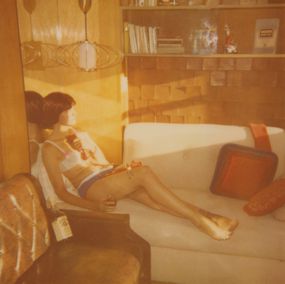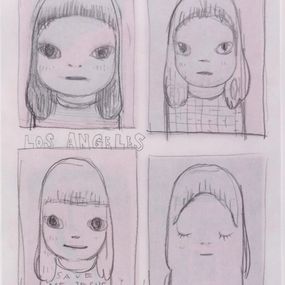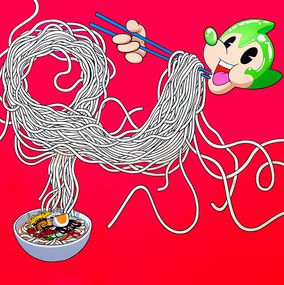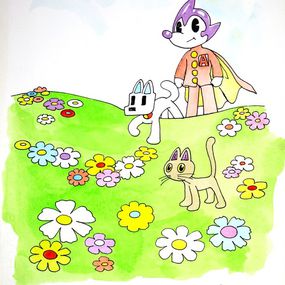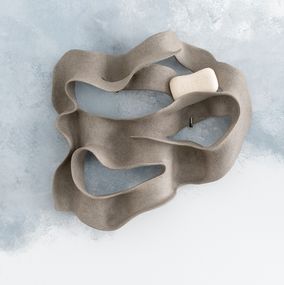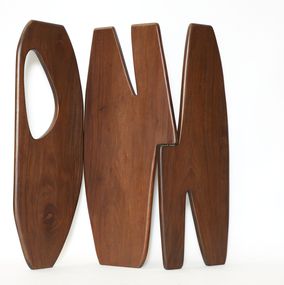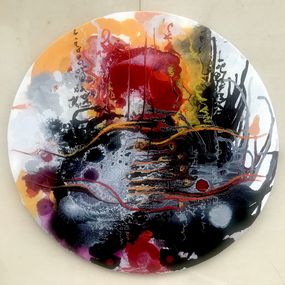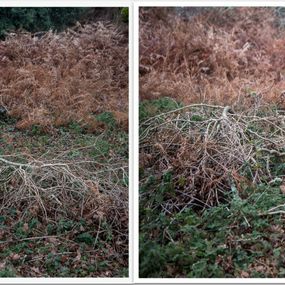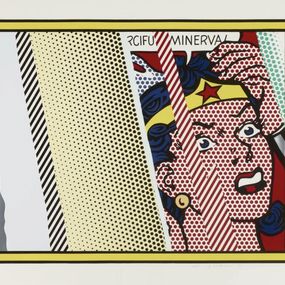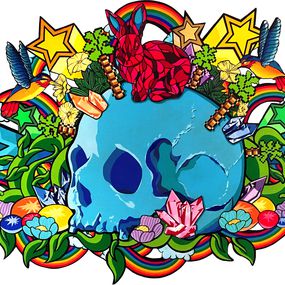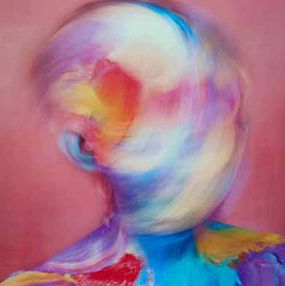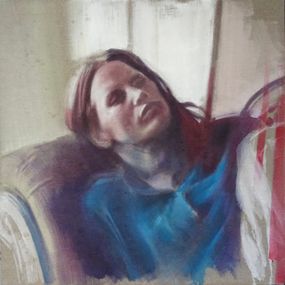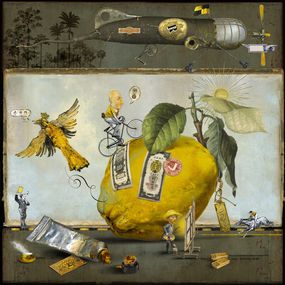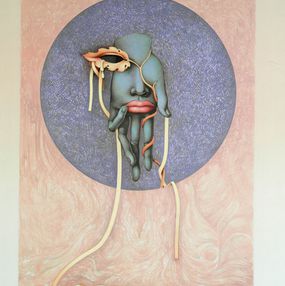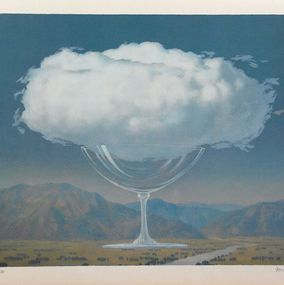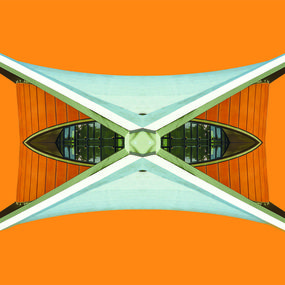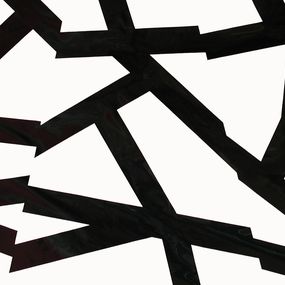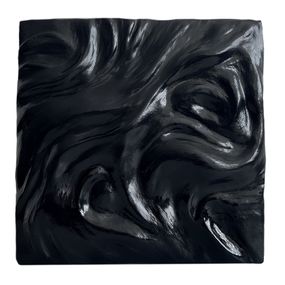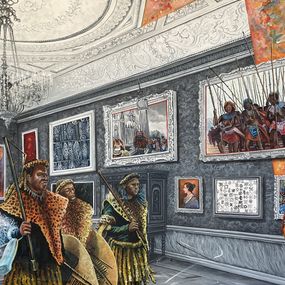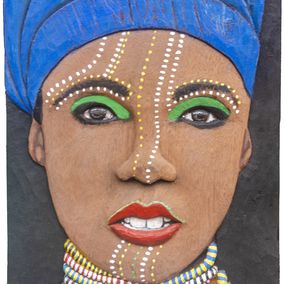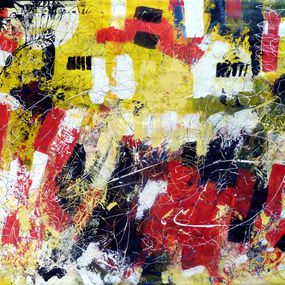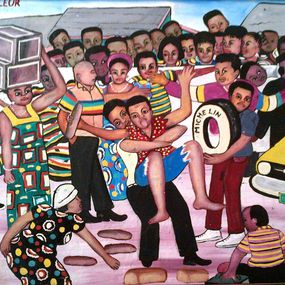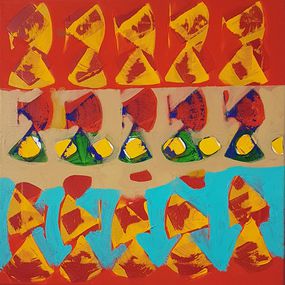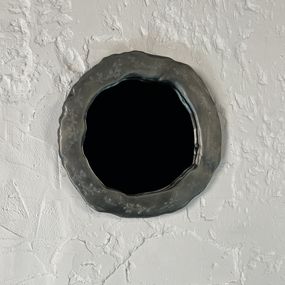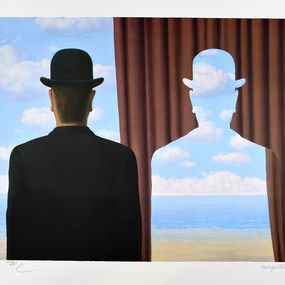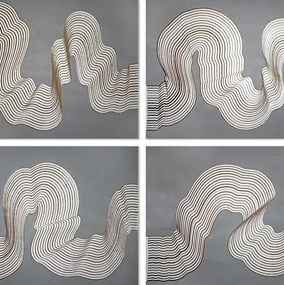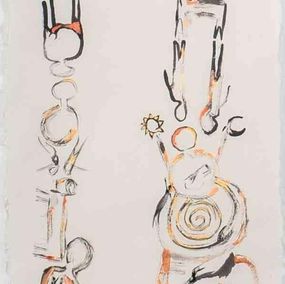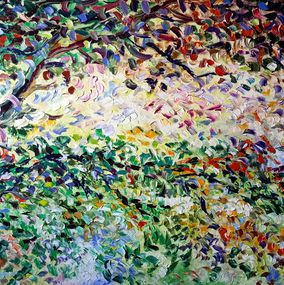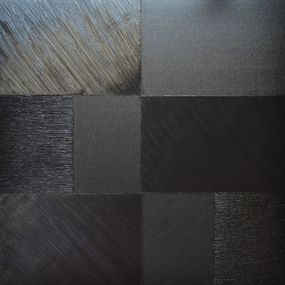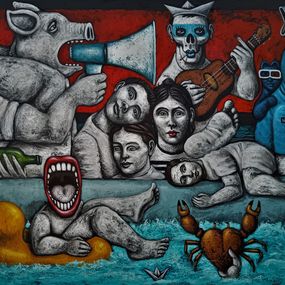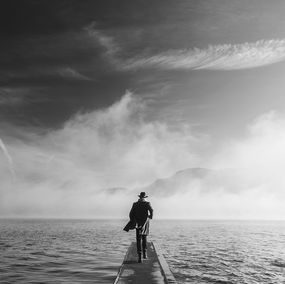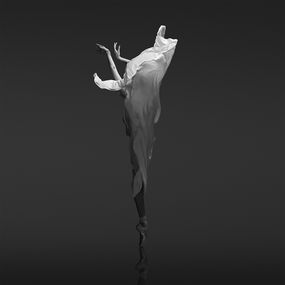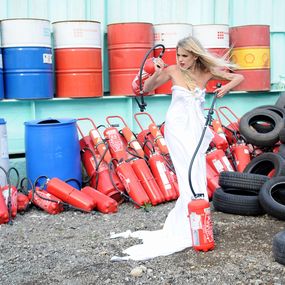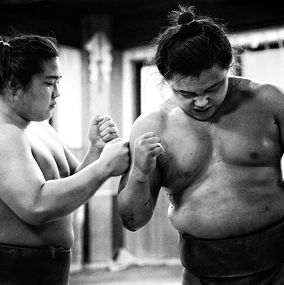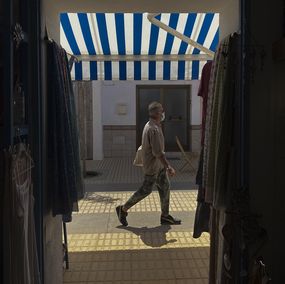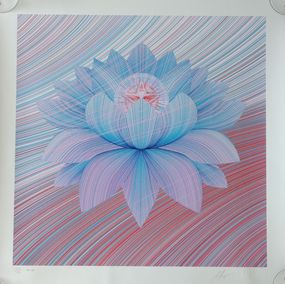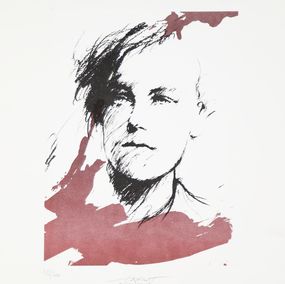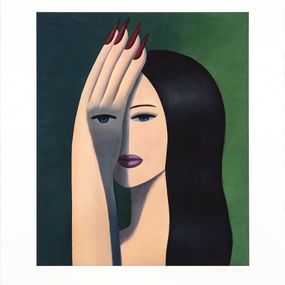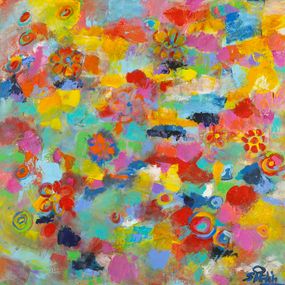
Le printemps de mes amours
Sophie Petetin
Painting - 80 x 80 x 2.5 cm Painting - 31.5 x 31.5 x 1 inch
$1,715
The name Fauvism was applied to the work produced by a group of artists, of which included Henri Matisse and André Derain, from around 1905 to 1910. Characterized by strong colors and fierce brushwork, the name les fauves (“the wild beasts”) was coined by the critic Louis Vauxcelles when he saw the work of Matisse and Derain in an exhibition in 1905. The paintings they exhibited were the result of a summer spent working together in Collioure in the South of France and were made using bold, non-naturalistic colors, and wild loose dabs of paint. By simplifying the forms of subjects like the landscape , their work appeared quite abstract with color existing as an independent element, having a huge influence on the careers of the likes of Georges Braque and Raoul Dufy. Color could project a mood, the emotion of the artist and establish a structure within the work of art without having to be true to the natural world. By rejecting three-dimensional space and using flat areas and patches of color (often complementary colors) to create a new pictorial space. That space is being filled with the likes of Antonino Puliafico and Eleanor Quellien, who continue to echo the expressive emotion of Fauvism.

Painting - 80 x 80 x 2.5 cm Painting - 31.5 x 31.5 x 1 inch
$1,715

Print - 50 x 50 x 0.5 cm Print - 19.7 x 19.7 x 0.2 inch
$260

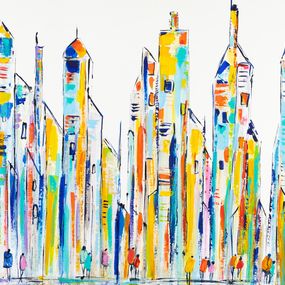
Painting - 89 x 116 x 2.5 cm Painting - 35 x 45.7 x 1 inch
$1,981

Painting - 100 x 100 x 2.5 cm Painting - 39.4 x 39.4 x 1 inch
$2,434

Painting - 73 x 60 x 2.5 cm Painting - 28.7 x 23.6 x 1 inch
$874

Painting - 65 x 54 x 2.5 cm Painting - 25.6 x 21.3 x 1 inch
$763

Painting - 60 x 60 x 2.5 cm Painting - 23.6 x 23.6 x 1 inch
$880

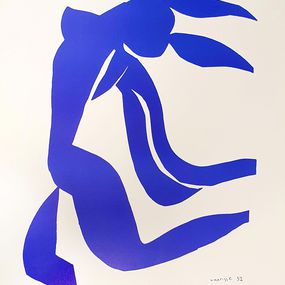
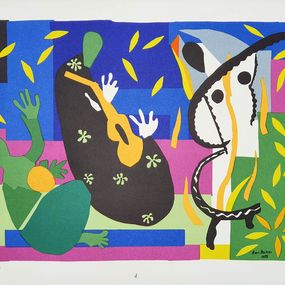



Print - 38.8 x 25.7 x 0.1 cm Print - 15.3 x 10.1 x 0 inch
$22,683


Print - 64.5 x 47 x 0.1 cm Print - 25.4 x 18.5 x 0 inch
$29,875

Painting - 55 x 65 x 3 cm Painting - 21.7 x 25.6 x 1.2 inch
$2,000


Painting - 60 x 80 x 3 cm Painting - 23.6 x 31.5 x 1.2 inch
$3,400


Painting - 60 x 80 x 3 cm Painting - 23.6 x 31.5 x 1.2 inch
$3,600

Painting - 60 x 80 x 3 cm Painting - 23.6 x 31.5 x 1.2 inch
$3,000

Painting - 80 x 110 x 3 cm Painting - 31.5 x 43.3 x 1.2 inch
$7,000

Painting - 55 x 105 x 3 cm Painting - 21.7 x 41.3 x 1.2 inch
$2,800

Sculpture - 175 x 80 x 24 cm Sculpture - 68.9 x 31.5 x 9.4 inch
Price upon request



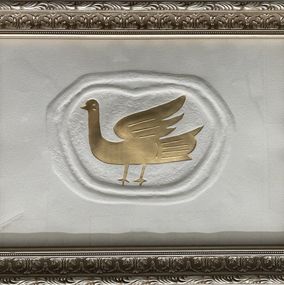




Painting - 130 x 96 x 2 cm Painting - 51.2 x 37.8 x 0.8 inch
$2,158
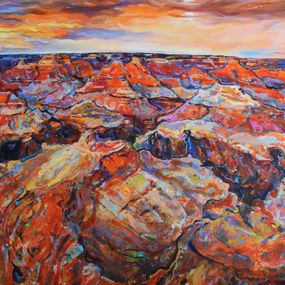
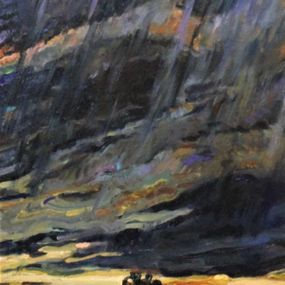
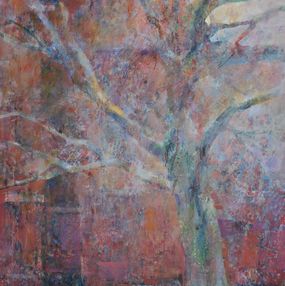
Painting - 100 x 81 x 2 cm Painting - 39.4 x 31.9 x 0.8 inch
$2,047

Painting - 130 x 96 x 2 cm Painting - 51.2 x 37.8 x 0.8 inch
$2,158

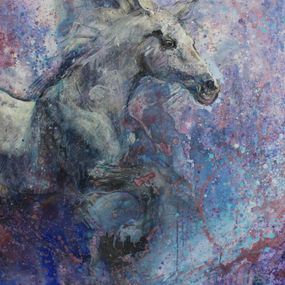


Painting - 50.8 x 40.6 x 5.1 cm Painting - 20 x 16 x 2 inch
$2,000

Print - 101.6 x 76.2 x 0.3 cm Print - 40 x 30 x 0.1 inch
$4,500

Painting - 40.6 x 50.8 x 2.5 cm Painting - 16 x 20 x 1 inch
$2,000


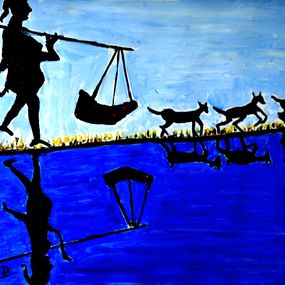
Painting - 50.8 x 71.1 x 0.3 cm Painting - 20 x 28 x 0.1 inch
$1,500 $1,350
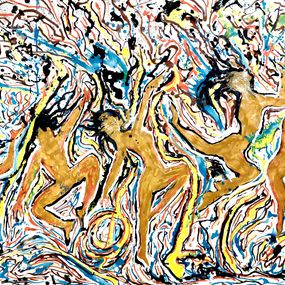
Painting - 101.6 x 152.4 x 0.3 cm Painting - 40 x 60 x 0.1 inch
$14,000 $12,600
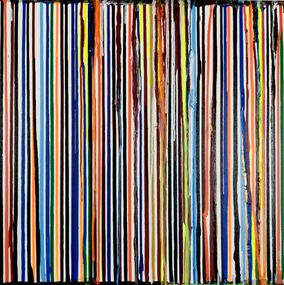
Painting - 61 x 91.4 x 0.3 cm Painting - 24 x 36 x 0.1 inch
$3,500 $3,150
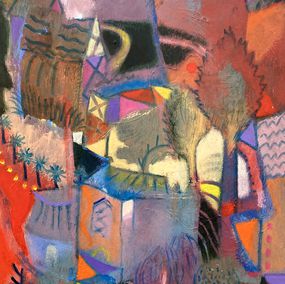
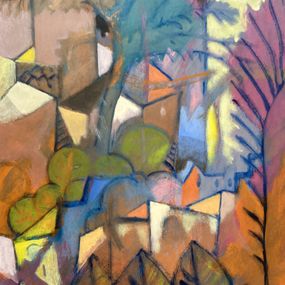

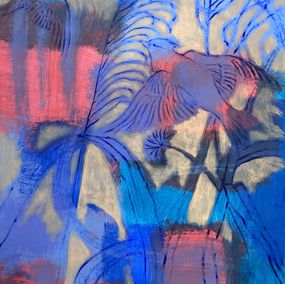
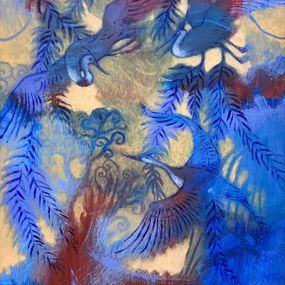
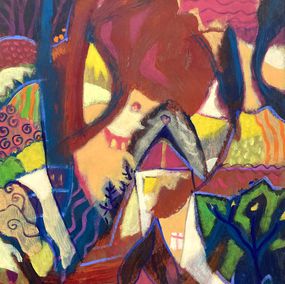

Painting - 65 x 50 x 2.5 cm Painting - 25.6 x 19.7 x 1 inch
$2,434
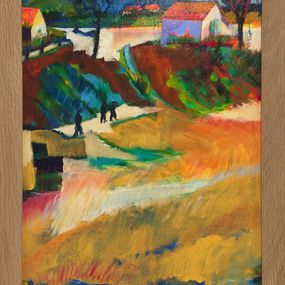
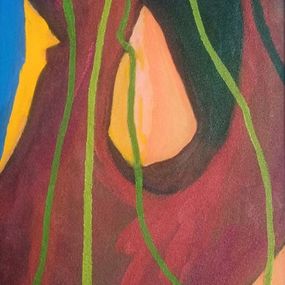
Painting - 81 x 38 x 3.5 cm Painting - 31.9 x 15 x 1.4 inch
$1,339
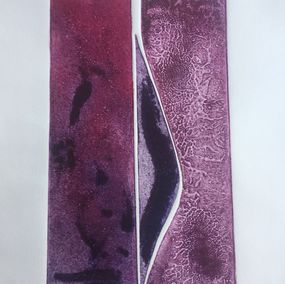
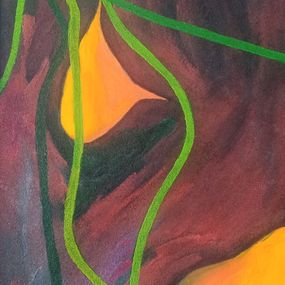

Painting - 114 x 146 x 1 cm Painting - 44.9 x 57.5 x 0.4 inch
$2,987
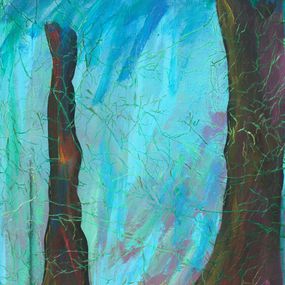
Painting - 67 x 48 x 1 cm Painting - 26.4 x 18.9 x 0.4 inch
$1,494

Painting - 61 x 38 x 1 cm Painting - 24 x 15 x 0.4 inch
$1,383
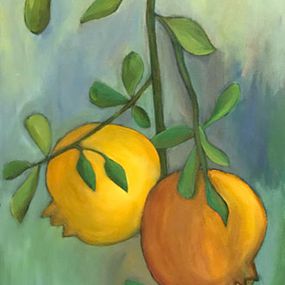
Painting - 81 x 38 x 1 cm Painting - 31.9 x 15 x 0.4 inch
$1,217

Painting - 100 x 50 x 1 cm Painting - 39.4 x 19.7 x 0.4 inch
$1,770

Painting - 65 x 80 x 2 cm Painting - 25.6 x 31.5 x 0.8 inch
$1,328

Painting - 65 x 81 x 2 cm Painting - 25.6 x 31.9 x 0.8 inch
$1,095
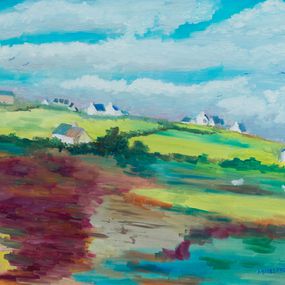
Painting - 52 x 60 x 2 cm Painting - 20.5 x 23.6 x 0.8 inch
$730
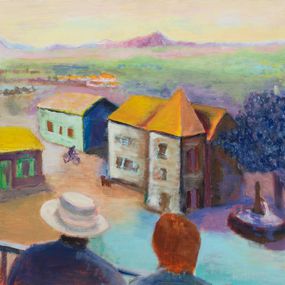

Painting - 60 x 72 x 2 cm Painting - 23.6 x 28.3 x 0.8 inch
$969


Painting - 46 x 55 x 2 cm Painting - 18.1 x 21.7 x 0.8 inch
$558

Painting - 50 x 60 x 2 cm Painting - 19.7 x 23.6 x 0.8 inch
$704

Painting - 97 x 130 x 2 cm Painting - 38.2 x 51.2 x 0.8 inch
$1,549


Painting - 100 x 100 x 2 cm Painting - 39.4 x 39.4 x 0.8 inch
$1,106

Painting - 100 x 100 x 2 cm Painting - 39.4 x 39.4 x 0.8 inch
$1,106




Painting - 100 x 50 x 2 cm Painting - 39.4 x 19.7 x 0.8 inch
$4,426


Painting - 50 x 70 x 2 cm Painting - 19.7 x 27.6 x 0.8 inch
$3,319



Painting - 50 x 50 x 4.5 cm Painting - 19.7 x 19.7 x 1.8 inch
$2,213


